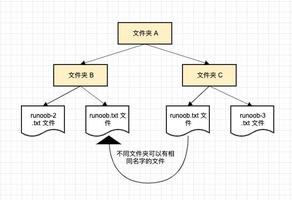JavaScript何时应在es6箭头函数中使用“ return”?
新的es6箭头功能说return在某些情况下是隐式的:
该表达式也是该函数的隐式返回值。
在什么情况下需要使用returnes6箭头功能?
回答:
隐式返回,但仅当没有块时才返回。
* 当单线扩展到多行并且程序员忘记添加时,这将导致错误
return。* 隐式返回在语法上是模棱两可的。
(name) => {id: name}返回对象{id:name}…对吗?错误。它返回
undefined。这些括号是一个明确的块。id:是一个标签。
我会在此添加一个块的定义:
块语句(或其他语言的复合语句)用于将零个或多个语句分组。该块由一对大括号分隔。
:
// returns: undefined// explanation: an empty block with an implicit return
((name) => {})()
// returns: 'Hi Jess'
// explanation: no block means implicit return
((name) => 'Hi ' + name)('Jess')
// returns: undefined
// explanation: explicit return required inside block, but is missing.
((name) => {'Hi ' + name})('Jess')
// returns: 'Hi Jess'
// explanation: explicit return in block exists
((name) => {return 'Hi ' + name})('Jess')
// returns: undefined
// explanation: a block containing a single label. No explicit return.
// more: https://developer.mozilla.org/en-US/docs/Web/JavaScript/Reference/Statements/label
((name) => {id: name})('Jess')
// returns: {id: 'Jess'}
// explanation: implicit return of expression ( ) which evaluates to an object
((name) => ({id: name}))('Jess')
// returns: {id: 'Jess'}
// explanation: explicit return inside block returns object
((name) => {return {id: name}})('Jess')
以上是 JavaScript何时应在es6箭头函数中使用“ return”? 的全部内容, 来源链接: utcz.com/qa/424118.html








